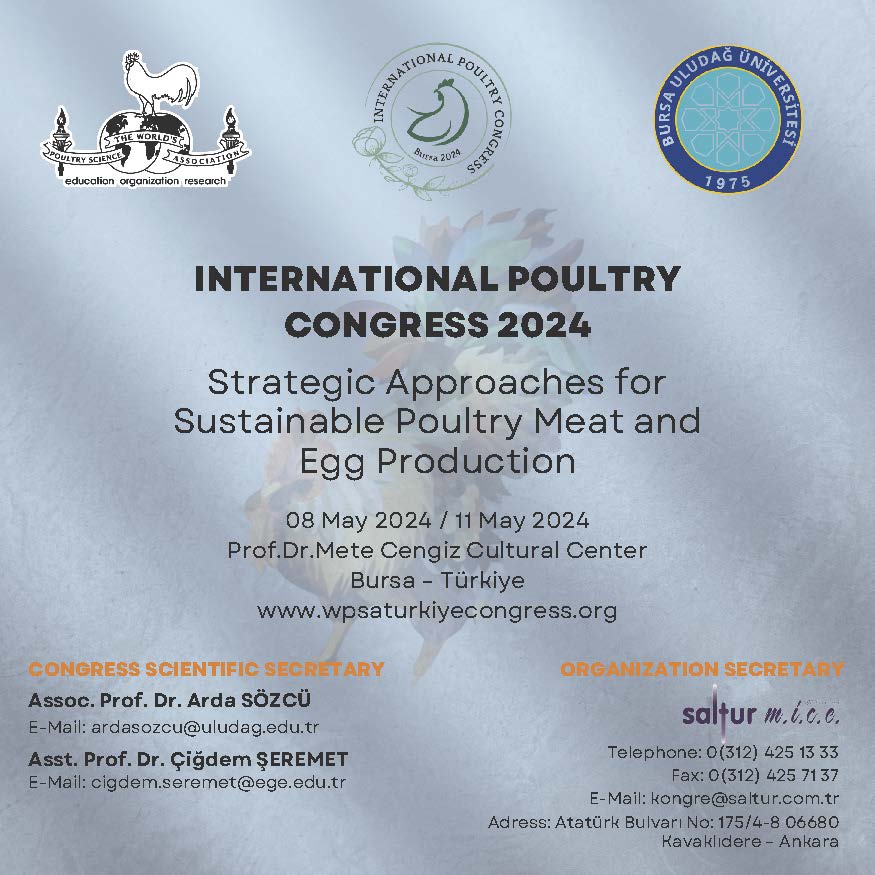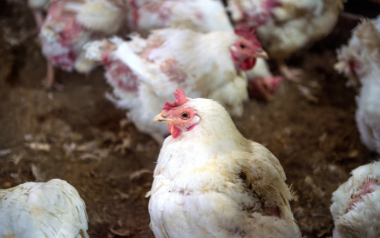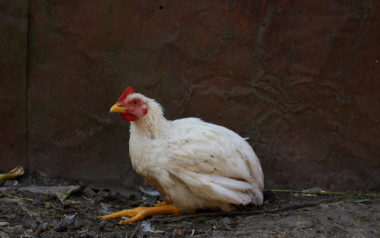ETIOLOGY
Clinical experiences involving White Chick Syndrome
Contenido disponible en: Español (Spanish) White chick syndrome is a relatively new phenomenon in the poultry industry. Dr. David French […]
- White chick syndrome is a relatively new phenomenon in the poultry industry.
Dr. David French spent several years as a staff veterinarian for a broiler company located in the Southeastern United States .
In addition, he was also the manager of technical service teams for two different allied industry companies. His career as a veterinarian specialized in avian medicine spans for 30 years .
He is currently a Clinical Associate Professor at the University of Georgia..
The first case that we became aware of in the United States was in 2004, but we had no understanding of the etiology at that time.
It was reported at the World Poultry Veterinary Association (WVPA) in 2013 by Dr. Victoria Smyth (Agri-Food and Biosciences Institute, Stormont Laboratory, Belfast, UK) that White Chick Syndrome is associated with a chicken astrovirus (CAstV). Since that initial report, numerous papers from around the world have discussed white chick syndrome in conjunction with CAstV strains.

While they get their name from having a star-like appearance on electron microscopy, not all of them demonstrate this morphology. As non-enveloped viruses, they are relatively resistant to a wide range of chemical and physical agents
Astroviruses have been associated with gastroenteritis in many different species. They have also been mentioned in conjunction with avian nephritis (ANV) and poult enteritis and mortality syndrome (PEMS), among others.
When we examine several clinical cases of white chick syndrome we observe some trends that appear to be relatively constant.
- BREEDERS
In breeder flocks the impact of the virus is minimal or almost non-existent. In our experience and in a group of 10 affected breeder flocks, the majority were reaching their peak of production and were in an age range between 28 and 40 weeks old.
Some of the flocks showed a slight drop in production (from 4 to 10%). One however, had a 20% drop in production, but there were also mitigating circumstances such as a problems of water availability, which could be the underlying cause of this severe drop.
Apart from a slight drop in production, there have been no reports of serious problems in breeder flocks.
- CHICKENS
It is the progeny of breeder flocks exposed to astrovirus that manifest the clinical signs of white chick syndrome.
The first thing we noticed was a dramatic drop in hatching of fertile eggs (between 7 and 40%)
Many of the chicks that hatched were small and had characteristic white plumage (Figures 1 and 2).

Figure 1. White chick on right, next to normal on left.
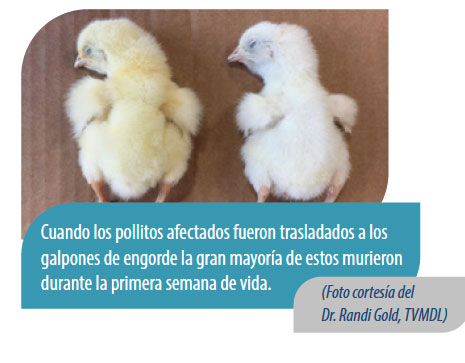
Figure 2. White chick on the right next to normal chick on the left.
POST-MORTEM EVALUATION
During the post-mortem evaluation of the affected chicks, it was observed how the liver showed bile stains (Figure 3 and 4) , sometimes even presenting a mosaic-shaped necrosis pattern (Figure 7) .
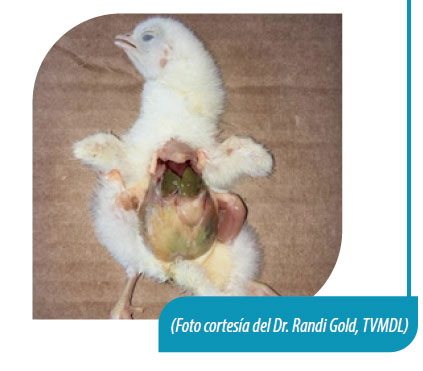
Figure 3. White chick with characteristic bile-stained liver.
During post-mortem evaluations, we also found what appeared to be flaccid hearts (Figure 6), slightly enlarged spleens, and sometimes urate accumulation on or in swollen kidneys.
TO CONTINUE READING REGISTER IT IS COMPLETELY FREE
Access to articles in PDF
Keep up to date with our newsletters
Receive the magazine for free in digital version
REGISTRATION
ACCESS
YOUR ACCOUNT
LOGIN
Lost your password?



